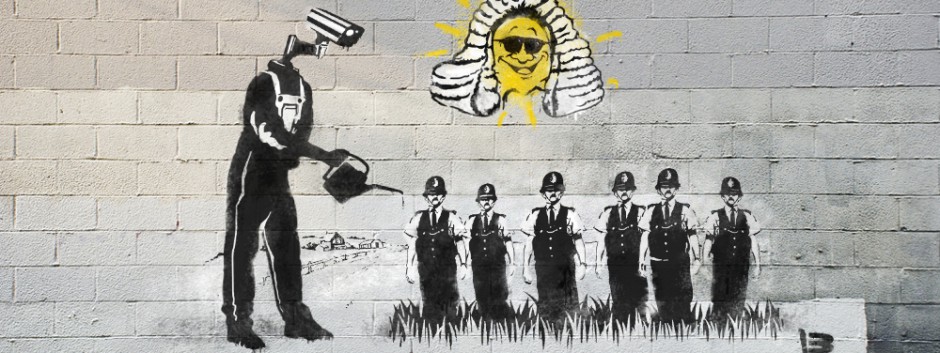As I was reading the piece, there were a few points made by the John Jordan that could serve as the central focus of the essay. For example, on page 131 he states that “Art has clearly failed historically as a means to bring imagination and creativity to movements of social change.” My perception of this quote may differ from those of my peers and instructor, but what I understood this quote to mean is that the author may believe that art (or what art has become) does not meet the standards it has set for itself. Art has always been viewed as a representation of real life, and an expression of freedom and creativity.
While that is a great thing, Jordan believed that it is usually absent in the face of social and political movements. The purpose of art has been detached when it’s time to apply it to social justices. This is why I believe Jordan is making the point of art being “pointless” for lack of a better term. In general, movements require what the author calls “direct action.” Direct action is the literal interaction between persons and corporations, or the action of persons looking to make bold and brazen political statements by being hands-on in a movement. There are no artistic “representations” or subliminal messages delivered that may be interpreted incorrectly or not at all, but there are people physically approaching a problem and attempting to make a change.
Page 131 also introduces us to an example of direct action. The author talks about the M11 Link Road. This road was being built in the eastern part of London, and the Department of Transport (DOT) had to knock down 350 houses to build it successfully. Thousands of citizens would be left without homes, and naturally they weren’t pleased about it. They opposed the operation and created petitions, held demonstrations, and lobbied all in an attempt to change the minds of those responsible for the reconstruction. The attempts appeared to be futile when the bulldozers arrived and began knocking down the homes anyway. This is when people started realizing that they had to use different methods of resistance to distract or divert the attention of the DOT.
Jordan goes on to explain that a new type of artist was born during this time, and it wasn’t the type that used art to represent. The new artists used their presence to represent the art; to represent their purpose. The new artists that Jordan described were the people who used their bodies to make a statement. People would literally climb on the machines and sit there for hours which would throw workers off of their regulated working hours. The movement also called for the hiring of extra security to deter demonstrators, resulting in the road builders having the shell out extra money. Jordan appears to praise this method of resistance because the merging of the body and politics meant that people were no longer dependent on their industrialized environments. On page 134, he says that “the body has been maginalised by our technocratic culture.” He then says, “Direct action makes visible the devastation of industrial culture’s machinery and returns the body to the centre of politics, of cultural practice.” I’m assuming that he was proud of the fact that people were no longer letting their “representatives” (technologies) speak for them and they were actually trying to make a difference. I think the fact that many protesters put their soft and delicate bodies in harm’s way also showed their dedication and bravery towards wanting to make a change.
I do not believe that Jordan despised art, but perhaps he wasn’t a fan of the idea of art as a single entity. What I think he wanted was exactly what I explained above: a merge of power (physical, social, mental). Art includes a wide range of symbolism, and most times it only represents the person highlighting his/her ideas by means of artistic expression. Jordan does mention that he does not like to be objective, so experiencing and being a part of an artistic event would mean more to a person rather than viewing the “art” we have come to know in recent times. The art where we interpret, guess, assume, and wonder. In the case of the M11 Link Road, people came together, and in real time they stood for something, they expressed an idea, and they conveyed and delivered that idea. They became art at that very moment in time, and though their experiences may not mean much to others, at least they were present to see the fruits of their labor.




Hey Abigale,
Happy Birthday! I hope it was a good one.
Interesting point on this post. I find it rather curious that you limit your discussion to the M11. Jordan has a ton more stuff to say concerning art, and so I’m wondering why you didn’t describe some of his other points concerning the relationship betweeen activism and art.
Thank you, Professor. I enjoyed it.
As for the discussion on the M11, I had every intention of mentioning other aspects of the essay, but before I knew it, I had already written five paragraphs for my response. I just decided to ix-nay the other points to avoid an excessively long response. I was going to also mention the spoof newspaper article, the passageway built through the houses on Claremont, and how a city was somewhat built on the area where construction was supposed to take place.
Ahh, now I understand. Thanks!